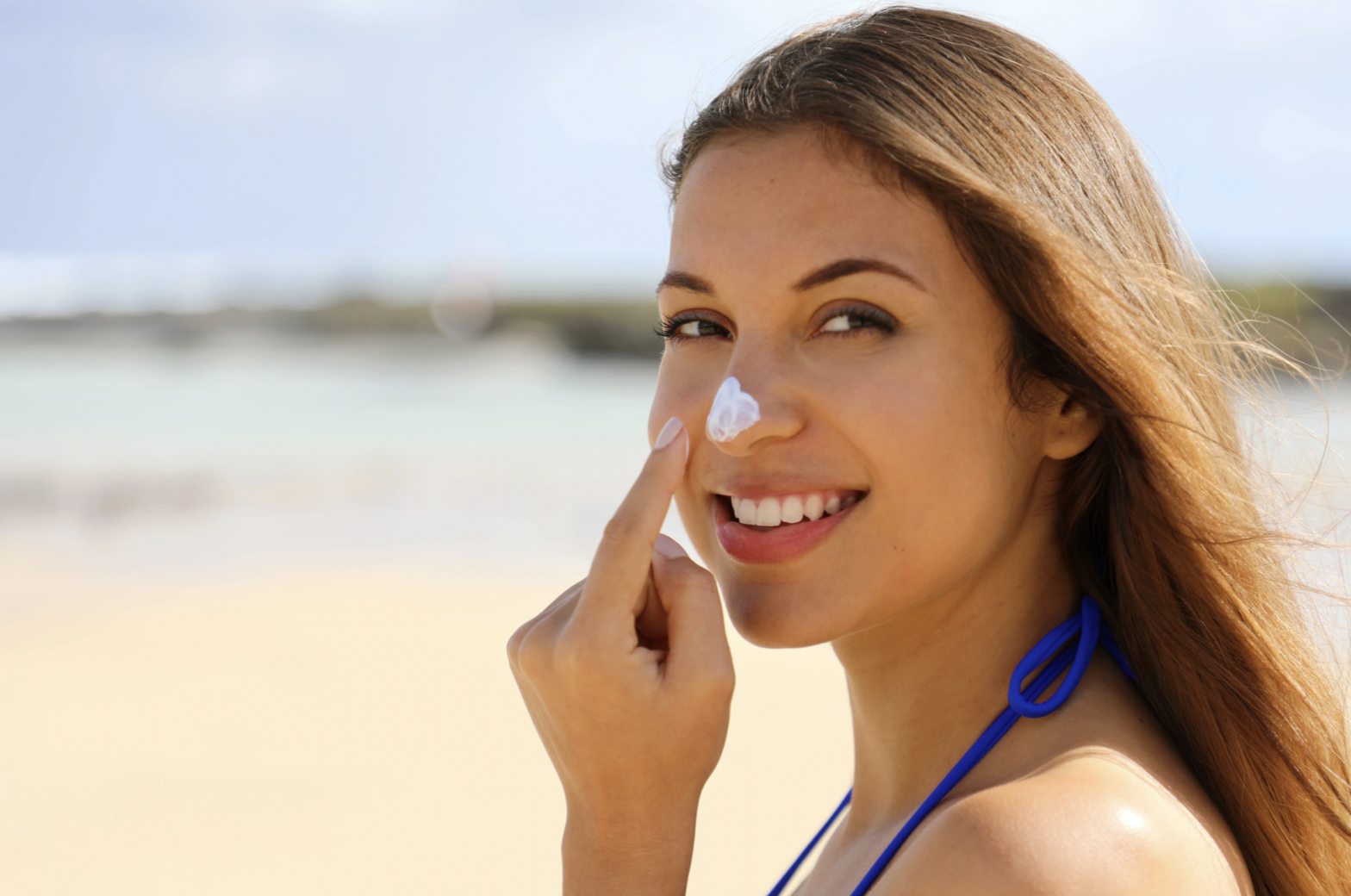With summer right around the corner, the idea of long days at the pool or beach might have you daydreaming about a golden tan, but you should be thinking about sun protection first.
The truth is that you (and your clients) should be wearing SPF all year round, but it’s especially important during the summer months when the sun is more intense and we spend more time outside.
Here’s a little SPF refresher just in time for summer!
What is SPF?
SPF stands for sun protection factor. We all recognize SPF as the number on bottles of sunscreen, but your clients may not know what it means so it’s important to educate them.
The simple explanation is that the SPF number is how long the skin will be protected (aka sunburn-free) if you wear the product versus the amount of time it would take if you had no sun protection at all.
So SPF 30 means that it takes 30 times as long for the sun’s rays to burn or redden your skin than if you wore no sunscreen. That sounds like a long time, but remember that depending on skin tone, it may only take a few minutes to start burning without sunscreen.
Also, the SPF number is only a measure of protection from UVB rays. In order to be protected from UVA rays as well, the label must specifically state that a product is broad spectrum sunscreen.
Different Types of UV Rays From the Sun
There are three known types of rays coming from the sun: UVA, UVB, and UVC.
UVC rays don’t penetrate the earth’s atmosphere, so when talking about sun exposure, your main concern is UVA and UVB rays.
UVA rays penetrate more deeply into the dermis of the skin. They cause signs of aging like wrinkles, as well as a breakdown of collagen and elastin.
UVB rays damage the outer layers of the skin and cause sunburns. These rays also cause the majority of skin cancers.
Types of Skin Protection
When it comes to sun protection, you can offer your clients either chemical sunscreen or physical sunscreen. Each is effective in different ways.
Chemical sunscreen absorbs UV rays like a sponge so that they can’t enter the skin. You’ll see ingredients like avobenzone and octisalate on the label.
Chemical sunscreen tends to be thinner and spreads more easily on the skin. One downside is that it takes about twenty minutes to be effective so it’s important to apply before sun exposure.
Physical sunscreen reflects UV rays like a mirror and contains minerals like titanium dioxide and zinc oxide. On the plus side, it doesn’t have any lag time before protection goes into effect. But it tends to leave a white film on certain skin tones and it rubs and sweats off more easily.
Benefits of Sun Protection
While nobody enjoys a sunburn, it’s most important to remember that sun exposure is the number one cause of aging and skin cancer.
When it comes to aging, there are two types that your clients should understand. Intrinsic aging is caused by stuff you can’t change, like genetics, and accounts for 10-20% of aging.
Extrinsic aging accounts for 80-90% of the aging process and comes from factors like sun exposure, smoking, stress, and poor skincare habits.
A whopping ninety percent of extrinsic aging is related to sun exposure. So you really can’t underestimate how critical it is to protect your skin from the sun.
Be sure to recommend a broad spectrum sunscreen to your clients so they’ll be protected from both UVA and UVB rays. It’s also essential to reapply sunscreen every two hours during sun exposure, especially after swimming or sweating.
The Bottom Line
Wearing SPF every day is the best way to protect your skin from skin cancer and signs of aging. Educating your clients on proper skin protection will help them avoid many types of skin damage down the road.
Choose a broad spectrum sunscreen and reapply every two hours when you’re in the sun.

